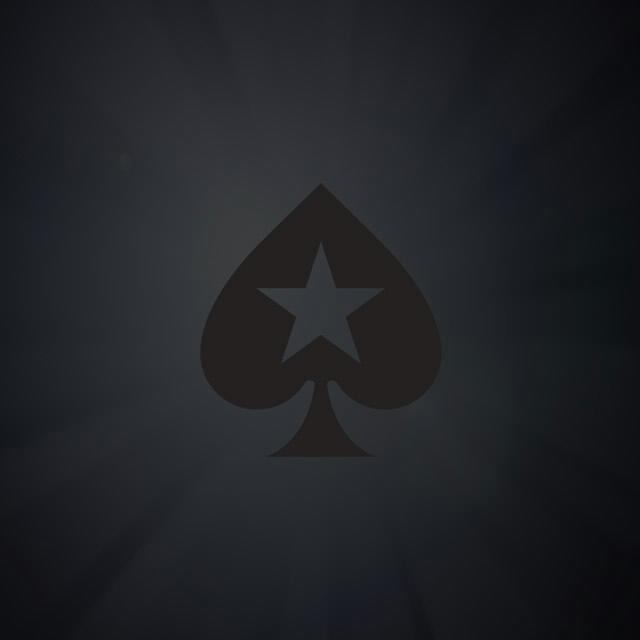Get excited to play Online Blackjack
Whether you’re a first-time player or high roller, you’ll be right at home playing Blackjack. With a range of options to choose from, playing the world’s most popular casino game has never been easier.
Play Blackjack online. We’ve added new variants to this classic to transform the experience further. You’ll discover games to suit every budget. Which will be your favorite form?
Ready to face the dealer with real money Blackjack? For your chance to win, play across a range of variants and find your favorite. This popular, easy-to-learn card and table game brings big returns and unrivalled excitement.


